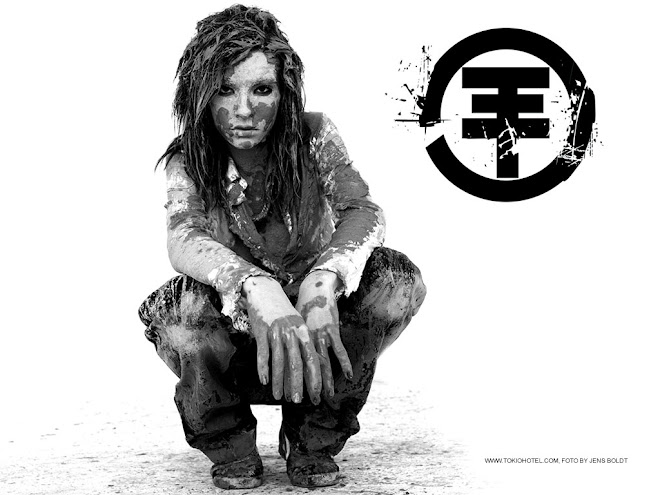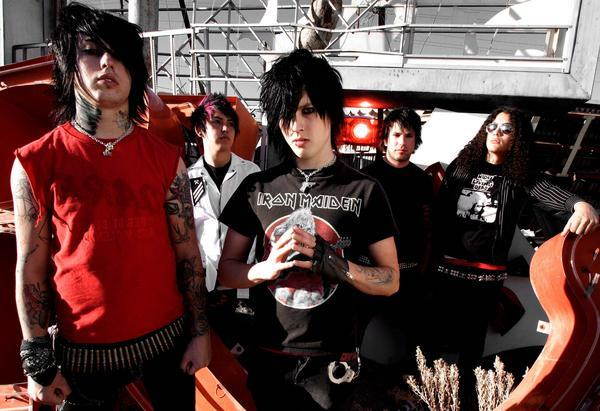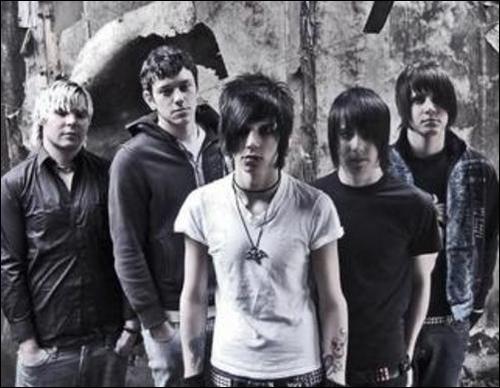How Converse Got Its Name
In 1908, while in his late 30s, Marquis M. Converse fell down a flight of steps in Malden, Massachusetts. The incident gave him the idea of rubber soled shoes, to prevent one from slipping. A year later, Marquis founded Converse and began producing rubbed-soled footwear for men, women, and children.
How Arby's Got Its Name
When foodservice veterans Leroy and Forrest Raffel opened the first Arby’s in Boardman, Ohio on July 23, 1964, customers enjoyed roast beef sandwiches, potato chips, and Texas-sized iced teas. To name their new venture, the brothers decided on Arby’s, which stands for R.B., the initials of the Raffel Brothers -- although many suspect the R.B. stands for roast beef.
How Taco Bell Got Its Name
Glen Bell was 23 when he left the Marine Corps. in 1946 and came home to San Bernardino, Calif. He would own a hot dog stand, three Taco Tia stands and several El Tacos restaurants, before building the first Taco Bell in Downey, Calif. in 1962.
The Baskin-Robbins Name
As a teen, Irvine Robbins worked in his father's ice cream store. During World War II, Burton Baskin, was a Lieutenant in the U.S. Navy and produced ice cream for his fellow troops. When the war was over, they started out in separate ventures and by 1948, they had six store between them. In 1953, their combined ice cream chain dropped their separate identities and became Baskin-Robbins.
How Folgers Got Its Name
In 1850, an entrepreneur was looking for a carpenter to build his first mill in San Francisco, which he called The Pioneer Steam Coffee and Spice Mills. James A. Folger, only 16-years-old, but skilled in the trade of carpentry, was hired. In 1865, James became a full partner of The Pioneer Steam Coffee and Spice Mills. In 1872, James bought out the other partners, renaming the company J. A. Folger & Co.
How adidas Got Its Name
Adolf "Adi" Dassler was the man who gave adidas its name. Inspired by a single idea when he made his first shoes in 1920, at the age of just 20. His vision was to provide every athlete with the best footwear for his respective discipline. In 1948 he introduced adidas as the company name, a combination of his own first and last name. One year later he registered the ... unmistakable Three Stripes.
How Heineken Got Its Name
Gerard Adriaan Heineken was only 22 in 1864 when he bought the largest regional brewery, "The Haystack." His innovation was to change from traditional top fermentation to bottom fermentation, producing a clearer, purer brew. He changed the name to Heineken in 1873. But it wasn't until 1971 that Alfred "Freddy" Heineken inherited the company and took the Dutch market leader international, soon becoming one of the world's best-known brands of beer.
The MAX Factor Name
MAX Factor & Co. was founded by Max Factor, Sr., who began as a makeup man for the Royal Ballet in Czarist Russia. As a young man in 1904, he emigrated from his native country to New York. Later that same year, he moved to St. Louis, Mo., where he opened a small perfume, makeup and hair goods concession at the St. Louis World's Fair. Four years later, the family moved to Los Angeles, Calif., where Max Factor opened his first store in the center of the city's theatrical district.
How Keebler Got Its Name
It all began when Godfrey Keebler opened a neighborhood bakery in Philadelphia in 1853. After lots of success, Keebler became a part of the United Biscuit Company of America in 1926 and in 1966, Keebler Company became the official corporate name and Keebler the single brand name for all products. Once the Keebler brand was formed, company icons soon followed. Ernie Keebler and the Elves became company symbols and represented snacks baked in the Hollow Tree.
How Macy's Got Its Name
After several failed retail ventures, Rowland Hussey Macy's, determination and ingenuity paid off at the age of 36, with the launch of R.H. Macy & Co. Founded in 1877, Macy’s was a dry good store in New York City. Macy adopted a red star as his symbol of success, dating back to his days as a sailor.
The Auntie Anne's Name
Anne Beiler began twisting pretzels in 1987 at a Maryland farmer's market, to support her husband Jonas' vision to open a free community counseling. The following February, Anne and Jonas purchased their own stand at another farmer's market in Downingtown, Pennsylvania, where they sold a variety of snacks, including hand-rolled soft pretzels. The following year, Anne launched Auntie Anne's, Inc.
How Chevrolet Got Its Name
In the early 20th century, new automobile companies set up shop by the dozens, often on a wing (or a wheel) and a prayer. One of these was founded in 1911 by William C. Durant and took its name from famed Buick racing driver Louis Chevrolet. When Durant became the president of General Motors in 1916, it wasn't long before he started bringing Chevrolet assets on board, and by 1918, the entire company was part of GM, and would go on to become one of its flagship brands.
How LACOSTE Got Its Name
Rene Lacoste became a tennis legend when he and his teammates, stole the Davis Cup away from the Americans for the first time, in 1921. Lacoste became nicknamed "The Alligator" after news got out about a bet he'd made with his team captain over an alligator-skin suitcase. Taking the name to heart, Lacoste began wearing an embroidered crocodile on the blazer he wore on tennis courts. He later founded a company to manufacture the shirt, and the rest, as they say, is history.
The Maybelline Name
In 1915, T.L. Williams created the Maybelline Company, a family-owned business. The company was named after his sister Maybel, from whom he originally received the idea of producing and selling an easy-to-use product to darken eyelashes.
The Mary Kay Name
After 25 years in direct sales, Mary Kay Ash resigned her position as a national training director when a man she had trained was promoted above her. In 1963, with nothing but her business plan, her experience, and $5,000 in savings, she founded Beauty by Mary Kay. It was founded not on the competitive rule but on the Golden Rule. It was a company, as Mary Kay Ash often said, "with heart."
The Tiffany & Co. Name
In 1837, Charles Lewis Tiffany and schoolmate John Young traveled to New York City with a dream of opening a store that would sell one-of-a-kind objects to the city's wealthiest citizens. While first day sales brought in four dollars and 98 cents, Tiffany's passion for elegant design and luxury goods eventually brought success and acclaim. Managing to obtain some of the French crown jewels for sale in 1887 also helped.
The Rolls-Royce Name
In 1884 Henry Royce's company, Royce Limited, was producing high quality electrical machines. After much success, Royce decided to move into the motorcar production business. In contrast, Charles Stuart Rolls was learning engineering at Cambridge and loved everything mechanical. Years later, these two entrepreneurs met and in December 1904, the two agreed to create the first Rolls-Royce motorcars.
Monday, April 28, 2008
Subscribe to:
Post Comments (Atom)






















No comments:
Post a Comment